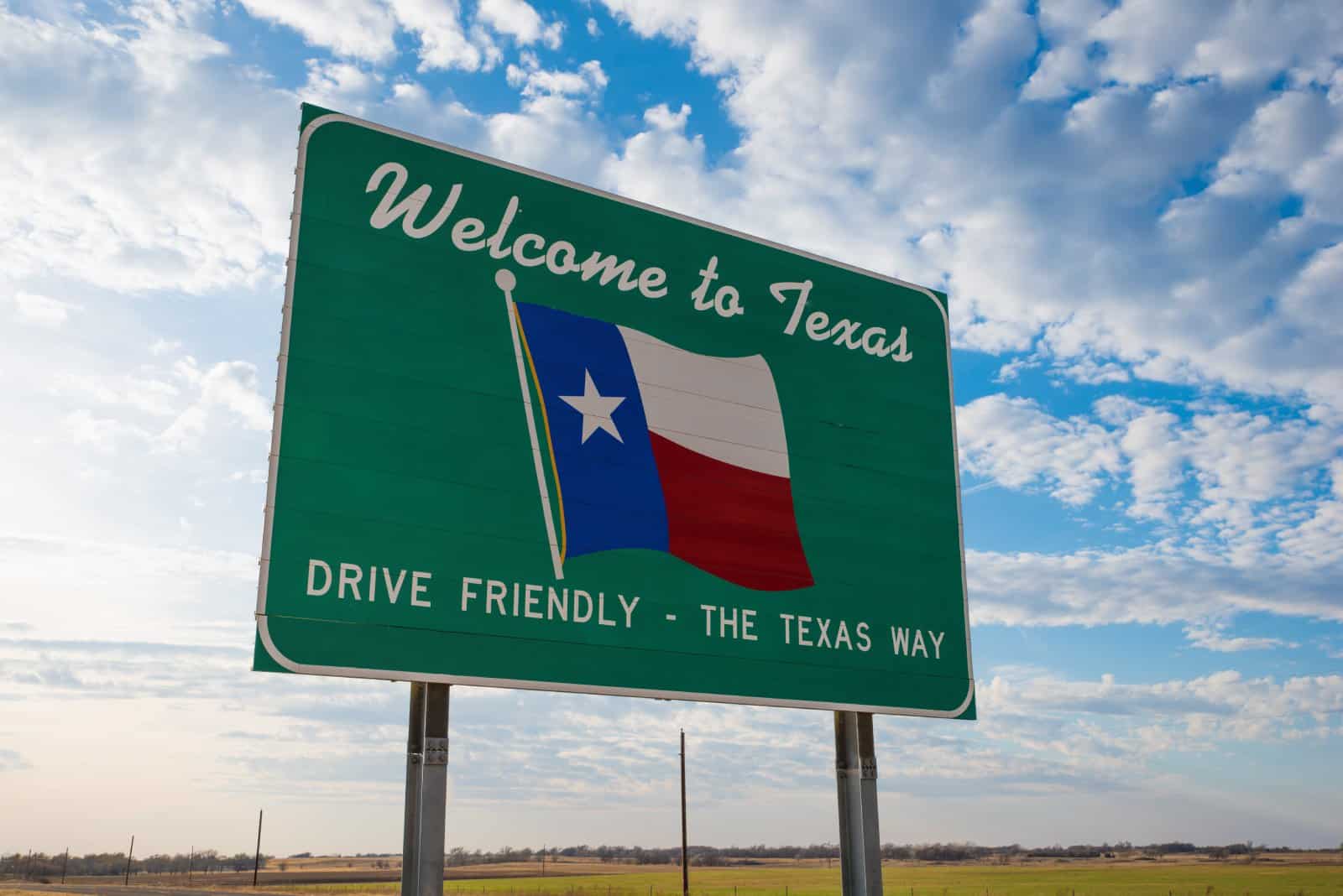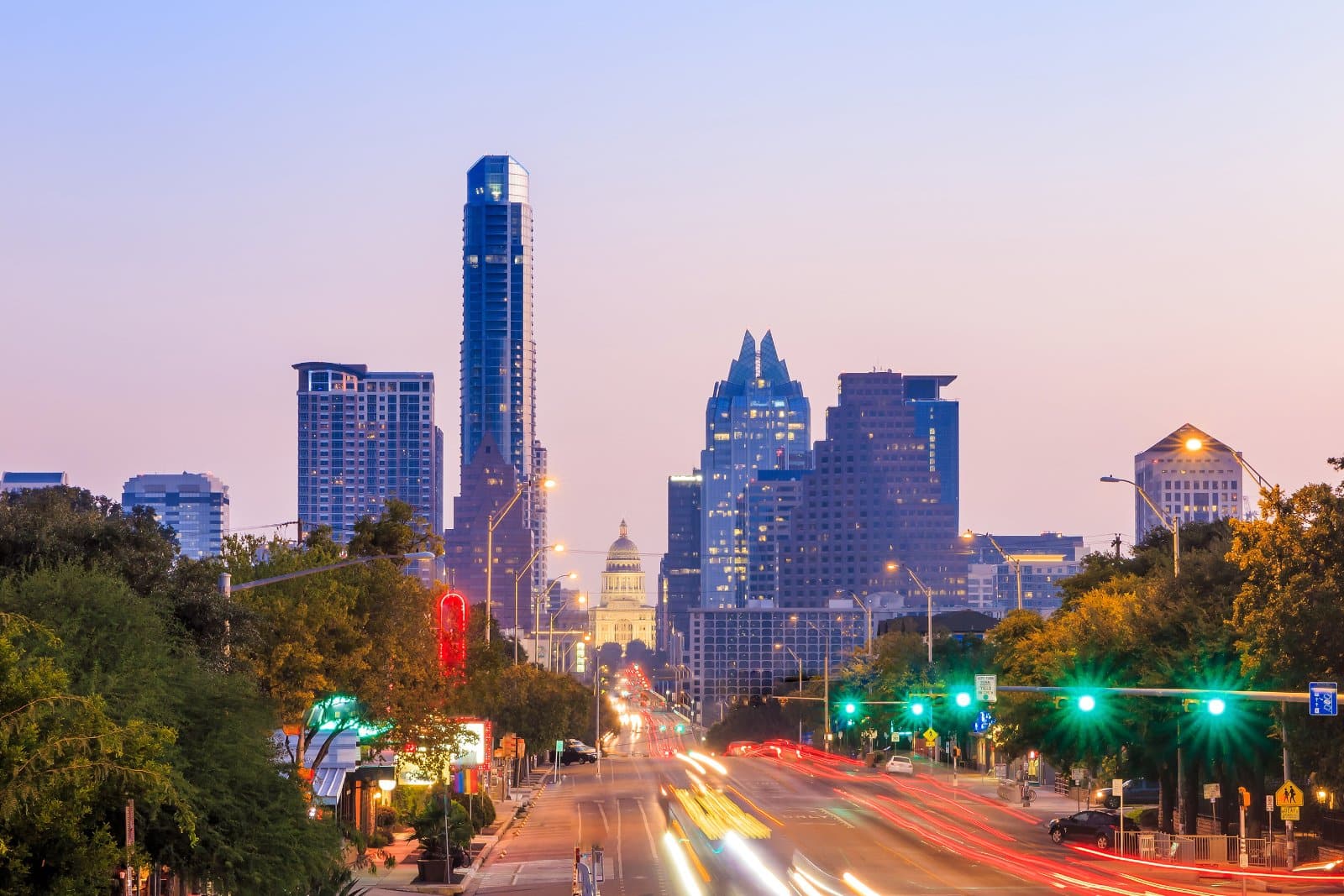The recent solar eclipse in Texas is projected to generate a significant economic boost. With major cities like Dallas-Fort Worth, Austin, and San Antonio in its path, the event attracted millions of residents and tourists. Economists estimate visitor spending to reach hundreds of millions, with each visitor spending around $300. Despite concerns about inflation, Texas’ strong economy is poised to absorb the surge, fostering both short-term revenue and long-term growth.
The Most Profitable 22 Minutes in Texas History

In a recent discussion with the Texas Standard, economist Bulent Temel shed light on what he claims could be “the most profitable 22 minutes in Texas history” – the solar eclipse and its potential economic implications for the Lone Star State.
Texas Gears Up for the Solar Eclipse

The state expects hundreds of thousands of visitors for this incoming eclipse, the first total solar eclipse since 2017.
What Makes This Eclipse Special?

So, why is everyone talking about this eclipse? Well, According to Bulent Temel, an expert on economic impacts, during those 22 minutes when the eclipse is visible in Texas, the state’s economy could get a massive boost of anywhere from $150 million to a whopping $603 million.
A Historic Financial Event

That’s a lot of money for just over 20 minutes of cosmic wonder – an unparalleled per-minute stimulation of the state’s economy, unprecedented in its 179-year history.
How Figures Were Calculated

So, how were these figures arrived at, and who stands to benefit the most from this astronomical event?
It all comes down to the sheer number of people expected to flock to Texas to see the eclipse, which has been estimated from population projections conducted by geographer Michael Zeiler.
Texas’ Prime Position for Eclipse Viewing

Accounting for “the path of totality” – the area where people can see the moon completely cover the sun – across 15 states, Texas has by far the longest stretch.
Major Cities Affected

The path of totality passes through big cities like Dallas-Fort Worth, Austin, and San Antonio, where millions of people live—around 13 million residents, according to census data.
Population Projections

As per Zeiler’s calculations, anywhere from a quarter of a million to a million people, including locals and out-of-towners, could come to Texas just to glimpse the eclipse.
Visitor Spending

Now, when you’ve got that many people coming into town, they’re going to be spending money – lots of it.
Spending Estimates

Using data from previous total eclipses, notably in South Carolina and Nebraska in 2017, Temel claims that there will be significant spending on lodging and travel expenses, including “gas costs, as well as food costs in groceries, grocery stores, and restaurants.”
Average Expenditure per Visitor

Temel and his team estimate that each visitor to the eclipse in Texas will spend around $300 – when you think this could include up to a million people, that’s a hefty chunk of change for the state.
Economic Multiplier Effect

But that’s just the beginning of the cash flow. According to economists, for every dollar spent by these visitors, an extra $1.29 gets pumped back into the economy.
Understanding the Domino Effect

It’s a domino effect – one dollar goes into someone’s pocket, which leads to more spending, which leads to even more money flowing through our communities. As Temel puts it, “money travels.”
How Money Circulates in the Economy

It’s a term economists call “stimulation.” It’s not just about new money coming in but rather how much demand is sparked or generated in the economy – that’s what helps economies thrive.
High-Consumption State

Texas is especially good at this because it’s a “high-consumption state” – which means every dollar spent there has a bigger impact than elsewhere.
Exceeding National Averages

In fact, Temel claims that every dollar spent in Texas actually generates $2.29 in economic activity, far more than the national average of $1.64.
Inflation Concerns

You may be wondering if there are any downsides. With such a significant influx of money into an economy in such a short period, it’s natural to worry. Luckily, Temel explains, there are no fears of inflation or price rises.
A Robust Economy

Even on the highest end of estimates – where $603 million could be injected into the economy – Texas’ economy is robust enough to absorb this boost without causing any kind of inflation.
Post-Eclipse Economics

It seems as though Texas is set to benefit big time from this eclipse. Not only will it bring in a ton of money during those 22 minutes, but it will also keep on giving long after the eclipse is over.
Featured Image Credit: Shutterstock / Stocker plus.
The content of this article is for informational purposes only and does not constitute or replace professional financial advice.
